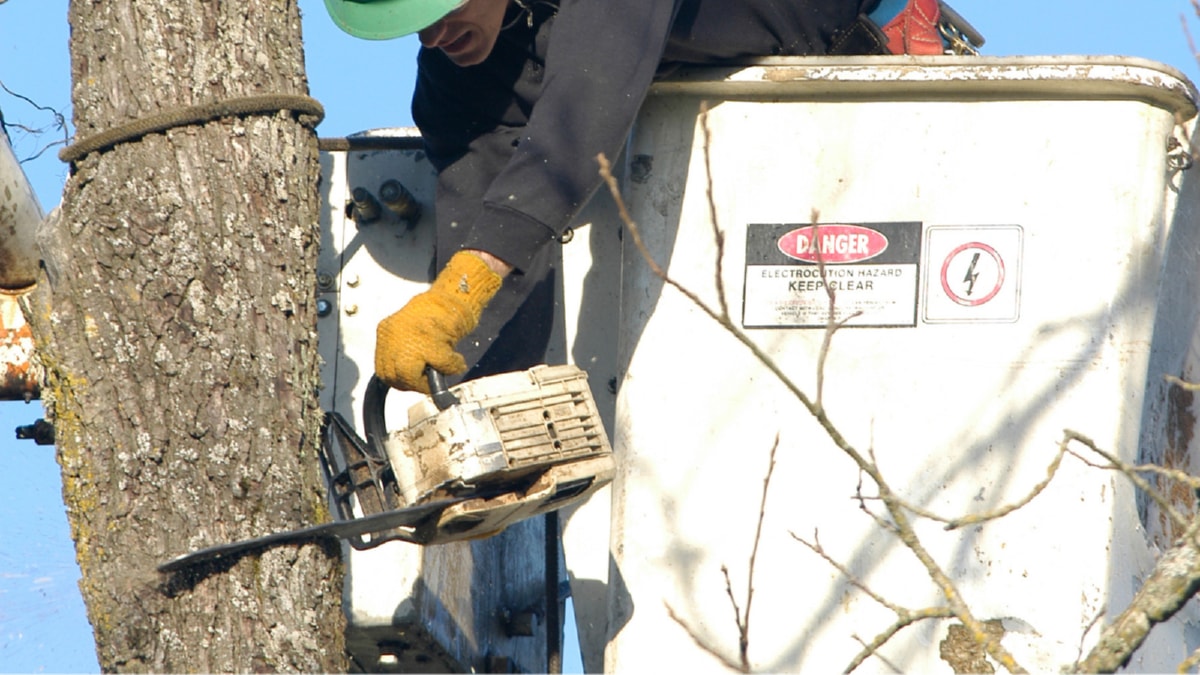The construction industry, one of the most significant contributors to global carbon emissions, is undergoing a seismic shift. This shift is towards a more sustainable future, fueled by the adoption of green technologies. These technologies are not only transforming the way we build but are also paving the way for a more sustainable world.
Green technologies in construction, also known as green construction or sustainable building, refer to a structure and using process that is environmentally responsible and resource-efficient. These technologies focus on the preservation of the environment while ensuring the construction industry continues to thrive.
One of the most impactful green technologies in construction is Building Information Modeling (BIM). This tool allows architects and engineers to create digital models of buildings, enabling them to assess a building’s impact on the environment before construction begins. BIM makes it possible to analyze the entire life cycle of a building, from design to demolition, and make changes that reduce its environmental footprint.
Another technological innovation revolutionizing the construction industry is the use of renewable materials. These materials, such as bamboo, recycled steel, and rammed earth, have less of an environmental impact than traditional construction materials like concrete and steel. In addition, these renewable materials are often locally sourced, reducing the carbon emissions associated with transporting materials.
Efficient energy usage is another major focus of green technology in construction. Through the use of energy-efficient appliances and renewable energy sources like solar panels and wind turbines, buildings can drastically reduce their carbon footprint. Passive design techniques, such as strategic window placement and insulation, can also significantly cut down on a building’s energy consumption.
The construction industry is also witnessing a shift towards prefabrication and modular construction, which can significantly reduce waste. Instead of building structures from scratch on-site, components are manufactured in a factory and then assembled on-site. This process results in less waste, as well as reducing the amount of energy used during construction.
While these technologies offer significant benefits, their adoption is not without challenges. One of the main hurdles is the initial costs associated with implementing green technologies. However, it’s critical to consider that these technologies often result in significant cost savings in the long term, primarily through reduced energy costs.
Another challenge is the need for skilled workers who understand and can implement these technologies. As the industry moves towards more sustainable practices, there will be a growing demand for workers trained in green construction techniques.
Despite these challenges, the benefits of green technologies in construction are undeniable. They offer a way to reduce the industry’s carbon footprint, create more efficient buildings, and pave the way for a more sustainable future.
In conclusion, green technologies are revolutionizing the construction industry. They are transforming the way we build, creating structures that are not only more sustainable but also more efficient. As we move towards a future where sustainability is of paramount importance, these technologies will play an increasingly significant role in shaping our built environment.
For more details, check best interlocking services Toronto or visit their business listing here.



